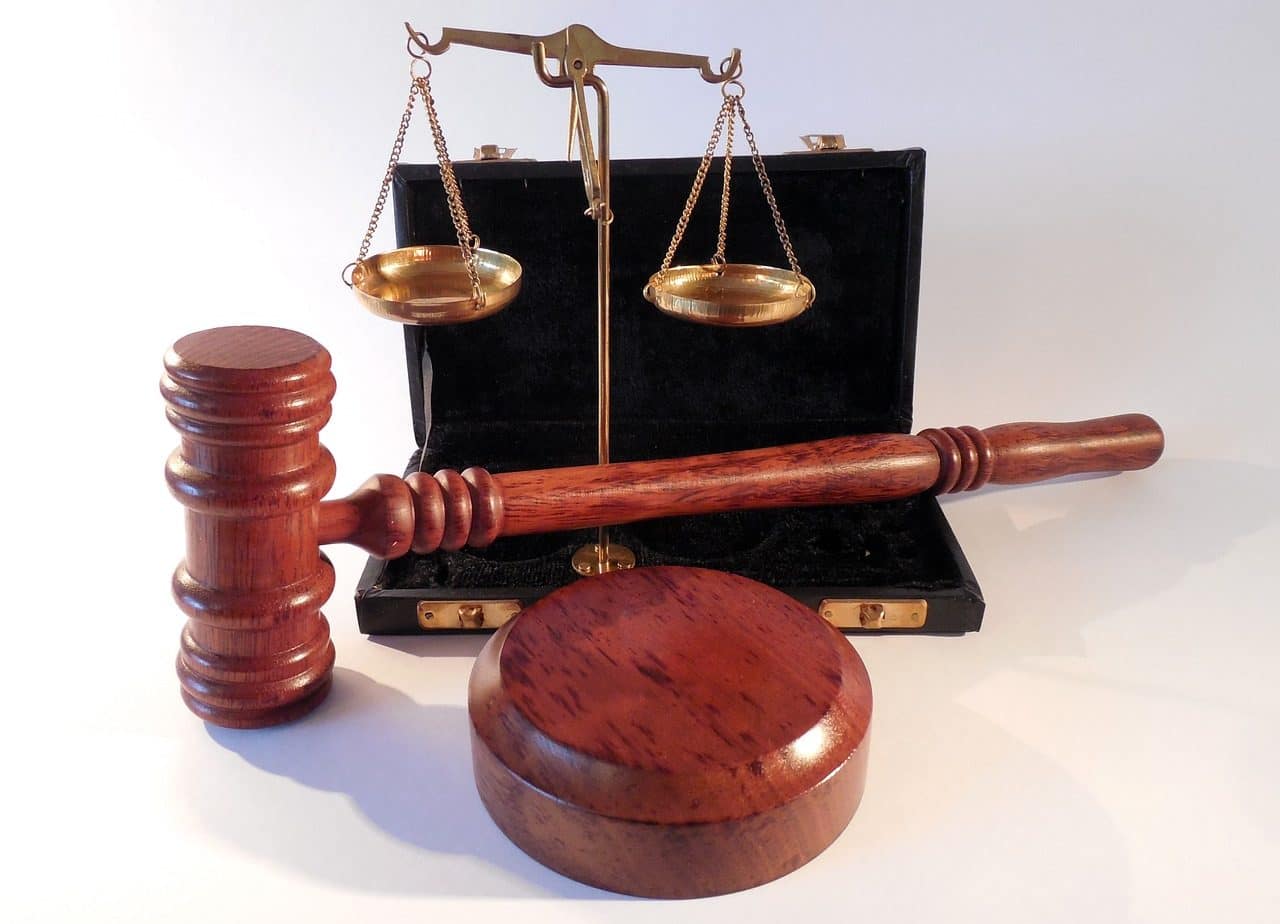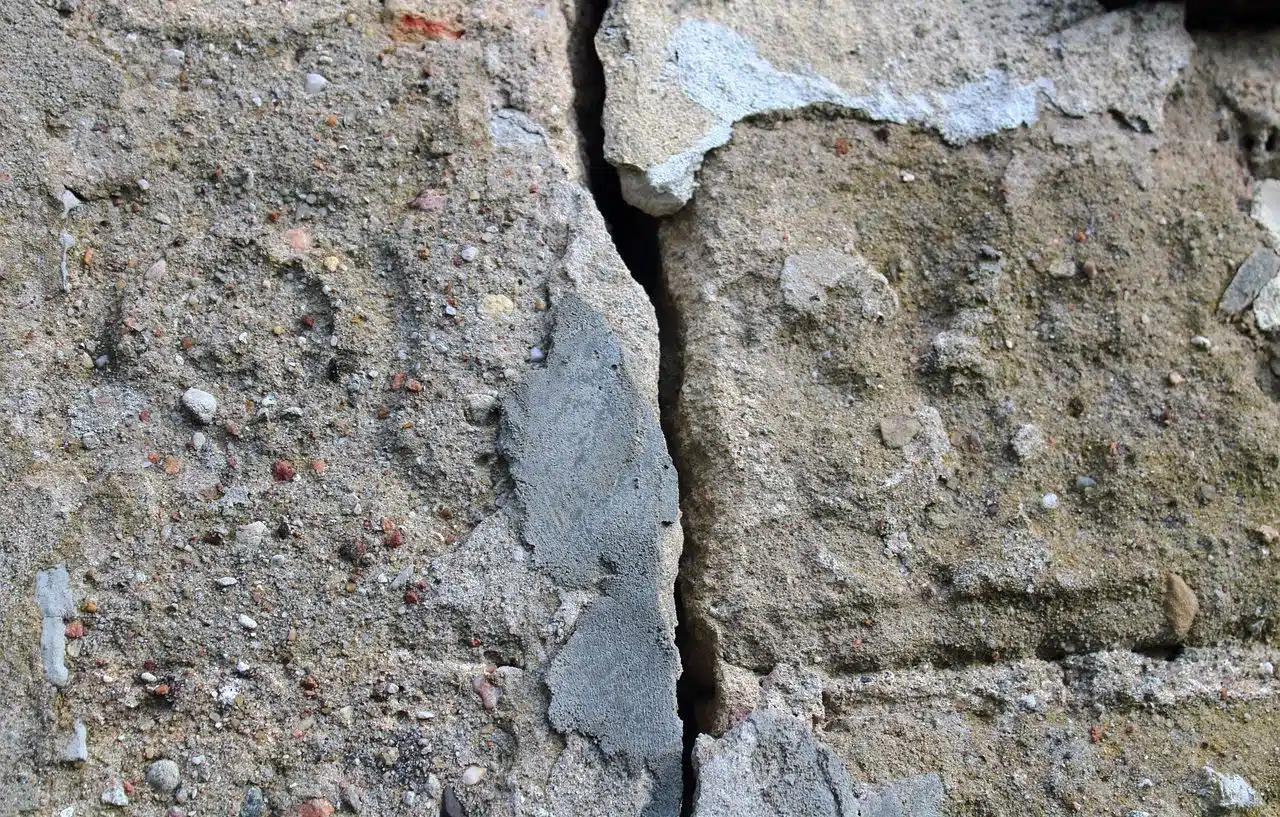
In the world of advocacy and law, a judicial ruling is an imperative pronouncement made by a court or judge.
Failure is a word whose application and interpretation requires knowing the context in which it is used. In the field of Law , for example, it is associated with the opinion , resolution or sentence issued by a court or judge in order to make a statement that marks the closure of a trial (as happens when a ruling of the court is announced). Supreme Court of Justice or one of the International Court of Justice in The Hague , to indicate two alternatives for reference).
The dictionary of the Royal Spanish Academy (RAE) also details that this term has a more general meaning since it serves to account for the decision made by every competent individual regarding an issue that has become a cause of dispute, conflict. or doubt.
Furthermore, it is presented as the act and consequence of failing; as a word linked to an error , defect or lack of a service, object or similar; as the lack or absence of a certain suit in certain card games and as a popular notion in Cuban territory that allows us to refer to the shift that is released when a patient cancels the scheduled appointment with a health professional (or does not attend the consultation ).
Types of failures
There are hundreds of types of failures , so it is convenient to know the characteristics and differences between them.
One of the easiest groups to identify is human failure . These can occur as a result of a miscalculation , a bad decision , recklessness or negligence or due to incompetence. In some contexts they are more serious, dangerous and delicate than in others, but without exception we must fight to avoid making mistakes : a medical error , for example, can lead to someone's death, while a failure in a computer's operating system It can complicate and cause inconvenience to an individual or company, the latter case being a situation that is not fatal.
There are also technical failures that prevent a technological system or program from working correctly. Software, hardware , security or network errors or failures fall into this segment.
Structural failures , for their part, lead to destruction , breakages , collapses and damage to a structure when it, for some reason to be analyzed ( instability of the work, corrosion, a natural disaster, use of defective materials, etc.), loses resistance. and ability to support weight or load. This is considered, to detail specific cases, a design failure or a failure due to permanent deformation .
Nor can we fail to point out failures related to the market and/or the economy. A situation of insolvency , a bankruptcy or bankruptcy and a non-compliance that results in a default or non-payment negatively modify a reality and can provoke anything from claims to legal presentations that culminate in a court ruling .
The communication plane, likewise, can be disturbed or hindered by failures or problems in the generation, transmission or reception of a message due to a lack of clarity on the part of the sender of the content, some typing or spelling error , a language in particular (colloquial, technical, formal, informal) or an error of interpretation , among others.

A structural failure can be evidenced by cracks, breaks and even the collapse or collapse of a work or structure.
Common causes
By analyzing the origin of the different failures that are recorded daily, some frequent causes of anomalies , deterioration and breakages can be recognized.
A security breach or the collapse of a building , for example, in many circumstances are caused by human error . It is also not unusual for complaints or claims to come to a company for a manufacturing defect that reduces quality or ruins a product.
Deficiencies in the design process of a part and adverse environmental conditions that can negatively affect or limit a system or service also appear as sources or origins of a wide variety of failures .
Failure prevention and handling
In all areas it is advisable to minimize the risk of failures and focus efforts on optimal management and handling of deficiencies.
Carrying out evaluations and tests to measure the performance of a program or system , implementing recovery strategies in the event of possible failures and training to be able to prevent and solve failures is the most recommended.
We must not lose sight of the fact that there are defects (especially in devices or equipment) that cannot always be avoided or anticipated. Even if someone is instructed to avoid a mechanical failure , for example, unforeseen events and malfunctions can still occur.

When any component or element of the electrical supply network fails, inconsistencies in electrical voltage to blackouts, for example, arise.
Unfortunately, it is also common for a mistake or human error to have undesired consequences that sometimes translate into fatal episodes with material damage and/or loss of life. For this reason, we must constantly act with professionalism and responsibility in order to reduce the chances of making mistakes .
It is even desirable to study specific cases of failures (judicial, economic, electrical, system, structural, etc.) and what consequences or resolutions they have had in order to learn the lesson. With this type of information it is possible to take precautions and know how to act when an anomaly is detected.
